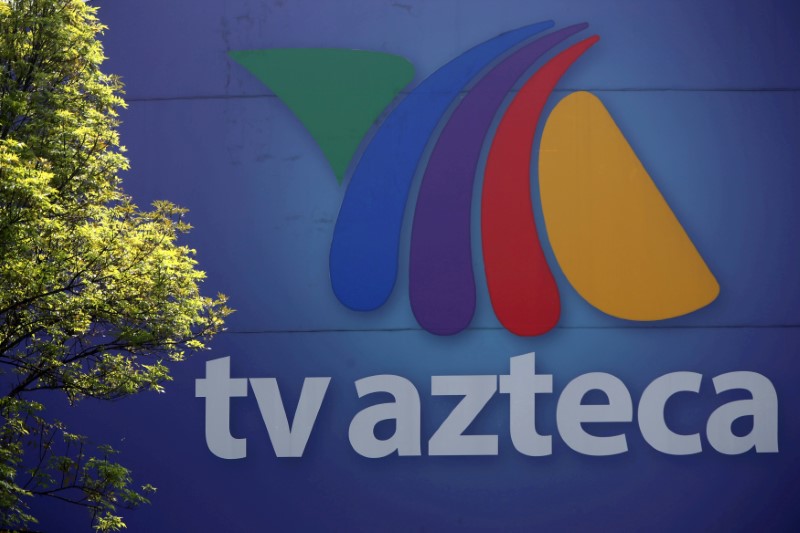By Noe Torres
MEXICO CITY (Reuters) - Mexican President Andres Manuel Lopez Obrador took office in December promising to reduce public spending to free up more resources for the poor. But his austerity drive has left media outlets reeling, and raised questions about whether Lopez Obrador is trying to influence coverage.
Between January and August, Lopez Obrador's government spent 88 million pesos ($4.6 million) on advertising, just 3.6% of the sum spent in the same months of 2018 by his predecessor Enrique Pena Nieto, Public Administration Ministry (SFP) data show.
Though such spending usually rises towards year-end, the eight-month outlay is the lowest in at least seven years, and well under budget. The reduction in government publicity, which had accounted for 10% or more of advertising revenue for many outlets, has sparked layoffs and the suspension of projects in an industry still suffering disruption from the shift to the internet.
Everyone is feeling the pain, from regional newspapers, to marquee broadcasters such as Televisa and TV Azteca. Televisa's profit fell by 20% in the first quarter and by 79% in the second.
With the media desperate for funds, some critics fear the administration could lean on them for favorable coverage.
"If the president's goal is to regulate the flow of investment in advertising, I would celebrate it," said Ruben Arnoldo Gonzalez, a media expert at Puebla's Benemerita Autonomous University. "But I wouldn't be surprised if the spending cuts are also a way to pressure the press."
The government did not immediately respond to a request for comment. In news conferences this year, Lopez Obrador has denied his goal was to weaken the media.
Lopez Obrador's relationship with the media has long been rocky, and during the daily news conferences he has frequently attacked critical outlets such as newspaper Reforma, calling it an arm of the "conservative" opposition.
Nor has he hidden his preference for sympathetic voices.
"The best journalists in Mexico's history ... all took sides," the president said in July.
The field appears to be thinning.
Though there is no official figure for how many media operate in Mexico, the number of newspapers and magazines on the national register - those considered viable for government advertising - had by Sept. 25 fallen to 833 from 1,590 at the end of 2018, according to interior ministry data.
Quantifying Lopez Obrador's impact on editorial independence is difficult, but the media are becoming friendlier to him, said Fernando Dworak, a Mexico City-based political analyst.
"It's a loss of plurality, and we don't exactly know if it's due to financing, to public pressure or for their convenience," he said, noting it could be all of the above.
What is clear, Dworak added, is that Lopez Obrador's 7 a.m. news conferences, which can last more than two hours, have made major media dedicate more air time to the government line.
Latin America is no stranger to such situations.
Former Peruvian President Alberto Fujimori used cash to sway newspapers and television channels in his favor.
In Venezuela, almost three-quarters of newspapers closed by mid-2018 after five years of recession. A shortage of paper for printing presses and the government's refusal to renew TV and radio broadcasting licenses, has left coverage largely in the state's hands.
"LESS IS MORE"
During its six-year term, the Pena Nieto administration purchased some $2.5 billion in advertising, favoring big contracts with media conglomerates Televisa and TV Azteca.
Lopez Obrador budgeted for around $250 million in advertising this year, compared with $485 million spent by Pena Nieto in 2018, according to SFP figures.
"We care about keeping spending down," Lopez Obrador said this month. "We need moderation, because less is more."
Mexican media's steady flow of government funds has long insulated them from changing times, according to a report by the Reuters Institute for the Study of Journalism.
"The new political arrangements are having repercussions on the news media, which have become accustomed to having the government as their principal advertiser," the report said.
Televisa, which Lopez Obrador accused of complicity in an establishment plot to deny him the presidency in 2006, for years was an ally of the Institutional Revolutionary Party (PRI), which dominated Mexico for most of the past century.
Headed by tycoon Emilio Azcarraga, the company said its second quarter drop in income was partly due to lower government spending on advertising. In 2018, the final year of Pena Nieto's PRI administration, government spending on advertising made up 11% of Televisa's total advertising revenue.
The story is virtually the same at other media firms.
TV Azteca's sales plummeted 29% in the second quarter and its stock is trading near a historic low, while Grupo Radio Centro suffered a 24% drop in sales and its shares are hovering around a 15-year low.
Media have cut back on coverage, laid off employees and sometimes found themselves unable to pay workers.
"It was very frustrating for all of us," said Margarita Vega, who in mid-April lost her job as a script writer at El Financiero Bloomberg TV. "They asked me to stop what I was writing. My anchor cried, I will never forget it."
